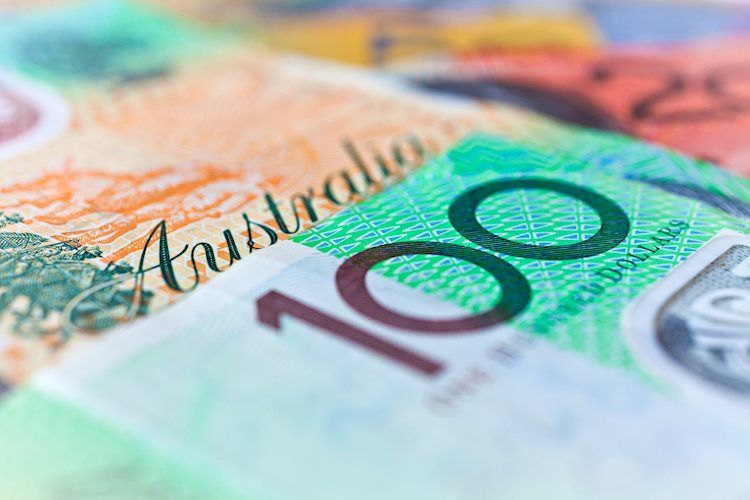The Australian Dollar (AUD) faced a decline of over 0.50% against the US Dollar on Thursday, dropping after hitting a daily high of 0.6888. This decline was driven by concerns surrounding potential escalation in the Israel-Iran conflict, leading to safe-haven demand for the US Dollar. The AUD/USD pair was trading at 0.6844 as geopolitical tensions between Israel and Iran continued to escalate.
A risk-off sentiment in the market weighed on the Australian Dollar as discussions between the US and Israel on potential retaliation against Iran continued. This led to a decrease in appetite for riskier assets like the AUD. Furthermore, data revealed by the US Department of Labor showing an increase in the number of people filing for unemployment benefits above estimates added to the pressure on the AUD.
Additionally, strong business activity data in the services sector, as revealed by the Institute for Supply Management (ISM), exceeded estimates in September, indicating a robust economy. This data could potentially reduce the chances for further aggressive rate cuts by the Federal Reserve (Fed). On the other hand, Australia’s Balance of Trade recorded a surplus in August, which exceeded estimates, further impacting the AUD’s performance.
Australia’s Judo Bank Services Purchasing Managers Index (PMI) also decelerated in September, which could hinder the Reserve Bank of Australia (RBA) from adopting a hawkish stance amid concerns of a cooling economy. Looking ahead, the Australian economic docket is set to feature Home Loans and Investment Lending for Homes in August, potentially impacting the performance of the Australian Dollar in the near term.
In terms of market movers, US Initial Jobless Claims increased from 219K to 225K, surpassing estimates for the week ending September 28. Additionally, the ISM Services PMI for September expanded while Factory Orders for August declined. Market participants are awaiting the US Nonfarm Payrolls data, expecting a slight increase in jobs added in September. The odds of a 25 bps rate cut have been placed at 66.7%, while chances of a larger 50 bps cut have decreased.
From a technical outlook, the AUD/USD remains upwardly biased but could test lower prices in the short term. The ongoing pullback has broken key support levels, indicating a potential drop towards the 0.6800 figure. The Relative Strength Index (RSI) is mixed but falling, suggesting further downside for the AUD/USD pair. Clearing key levels could pave the way for further movements in either direction.
The Australian Dollar’s value is influenced by various factors including interest rates set by the Reserve Bank of Australia, the health of the Chinese economy, inflation, growth rate, and Trade Balance. The RBA plays a crucial role in maintaining a stable inflation rate by adjusting interest rates. China’s economic health is also a major influence on the AUD due to its status as Australia’s largest trading partner. Factors such as Iron Ore prices and the Trade Balance also impact the value of the Australian Dollar.
In conclusion, the Australian Dollar’s recent decline against the US Dollar was driven by geopolitical tensions and mixed economic data. With ongoing uncertainties in the global market, the performance of the AUD will continue to be influenced by various external factors. Traders and investors will closely monitor upcoming economic data releases and geopolitical developments that could impact the Australian Dollar’s value in the near term.











